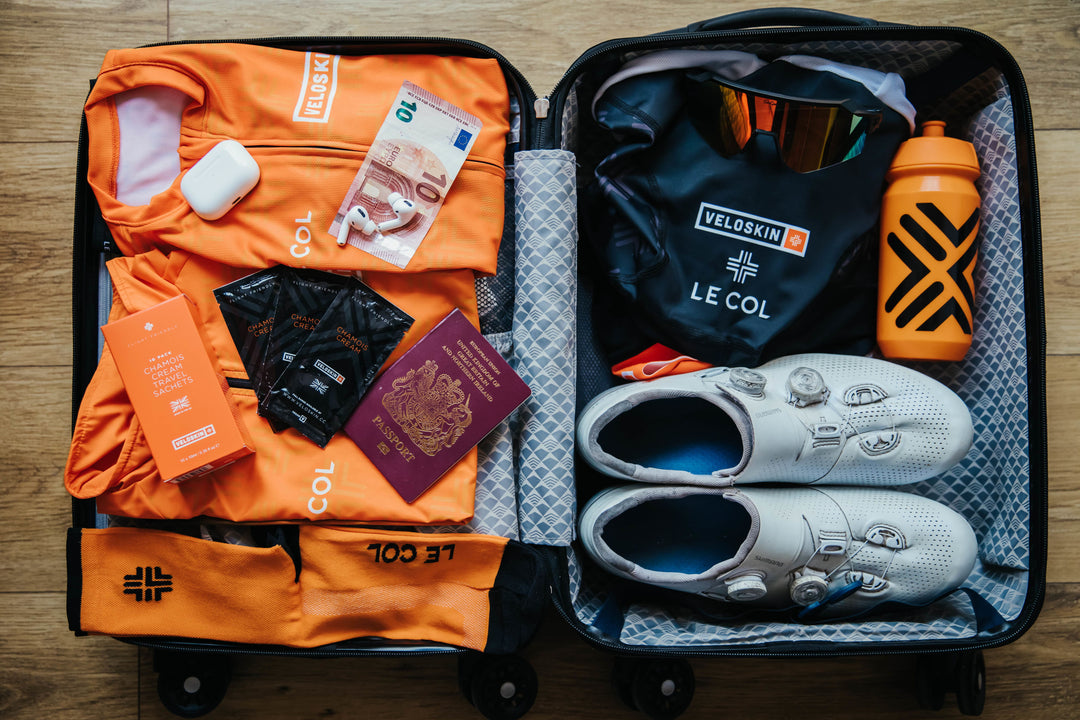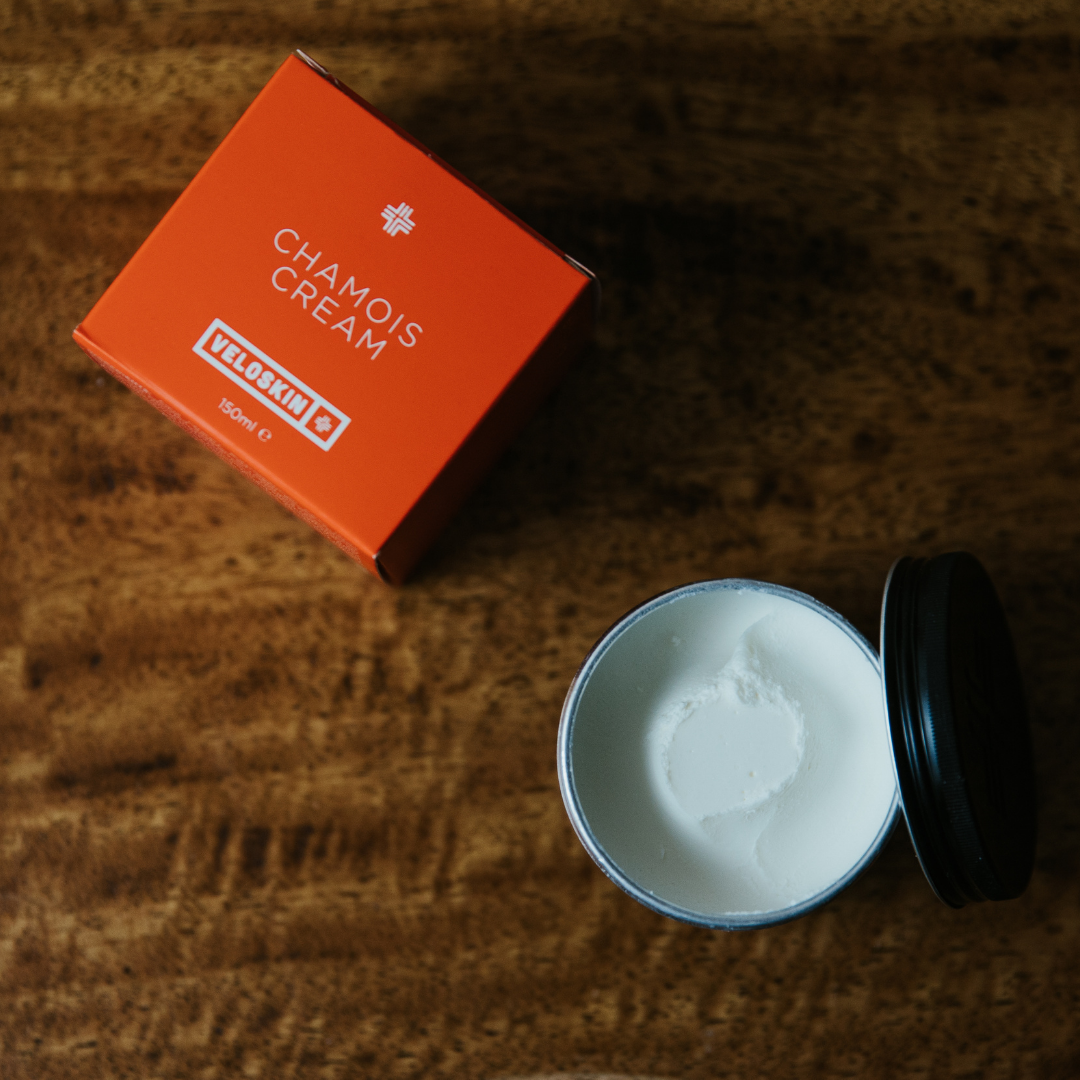5 Tips for cycling beginners
As the lighter evenings are here and the sun is due to grace us with its presence soon, it’s the perfect time to take up cycling! As experienced riders ourselves, who have made plenty of mistakes throughout our cycling journey, we thought we’d share some tips for those of you who might be getting into cycling for the first time.

1. Make sure your bike is the right size
The old test of sitting on the bike and seeing if you can reach the handlebars isn’t the best way to determine whether your bike fits you anymore. Nowadays, a good place to start is to check the manufacturer’s size guide and see how you stack up against their sizes.
If you really want your bike to fit, you can do something called a bike fit. Usually at a bike shop or physiotherapist office, these help to set up your position on the bike and address any weaknesses or pain you might have on the bike. They can be expensive, particularly if you find you need some components adjusting on your bike, but if you’re suffering from pain on your bike, it might be worth considering.
2. Try chamois cream
Sure, we might be a bit biased on this and we recognise that everybody is different - some riders need a bit of comfort even just riding to the shops, whereas others can ride 100km without needing cream - but if you do experience discomfort downstairs then chamois cream is a good place to start.
In conjunction with the right saddle (again, everyone is different), and a good quality pair of padded shorts or tights, chamois cream can help to relieve some of the chafing experienced when you sit on the saddle.
Our Chamois Cream is thick and only needs to be applied once before you ride, even up to 100 miles! Additionally, our natural ingredients like Bergamot give it a distinct orange blossom scent, while antibacterial properties keep bacteria at bay. Want to learn more? Click here.

3. Wear what you want!
Yes, some cyclists believe that there should be rules about what people wear, but instead of gatekeeping cycling, we think people should just wear what they are comfortable in. Whether that’s lycra or jogging bottoms, or jeans and a t-shirt, as long as you can move freely and are comfortable, that’s what matters.
4. Learn to fix a puncture
Unfortunately, punctures are a fact of life when it comes to cycling, so it’s important you learn how to fix one. If you’re not sure how to do it, check out YouTube for some handy guides or your local bike shop might do a workshop on basic bike maintenance that you can go along to.
Although most of us have had to call for rescue at the side of the road before, you can keep these instances to a minimum by learning how to be self-sufficient and taking your own spares. As a rule, we never leave the house without at least a spare inner tube and a pump. We hope we won’t have to use it but it’s better to carry a little more weight and be prepared rather than have to wait for rescue.

5. Take food and water
Finally, as you begin to increase your ride length and duration, it’s important you stay fuelled and hydrated. We’re not saying you need to drink a litre of Gatorade every 20 minutes, but making sure you keep your energy up will prevent you from ‘bonking’ or running out of energy on a ride.
There is plenty of information online to help you calculate how many carbohydrates you need per hour of riding so we won’t bore you with that here, but our advice is to eat and drink little and often - unless of course you’re saving yourself for the coffee stop!
Need a bottle to take with you on rides? Look no further than our 2022 bottle design! Click here to find out more.



